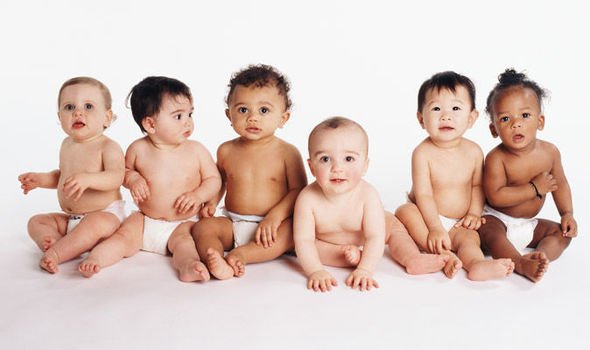In-Vitro Fertilization, IVF is now on the rise and waiting women
IVF is a fertility treatment where the woman is given
However, as IVF is expensive, physically and emotionally taxing, and success rate is not very high with only one embryo transfer, multiple embryos are placed back to give the parents higher chance of success. Many times without number, women who result in trying out IVF are exposed to the use of fertility drugs as well which intends to results in multiple fertilization whereby having multiple eggs.
According to the American Pregnancy
During the initial years when IVF gained popularity, the twin and triplet birth ratios were very high. However, as multiple gestations are more likely to result in premature deliveries and other pregnancy complications, doctors are trying to cut back on placing a large number of embryos back to minimize these risks. Regardless of these practices, even today, twin births after fertility treatments are much more common than normal conception.
These
There are additional risks and concerns related to multiples during pregnancy including the increased risk of premature delivery and low birth weight. How successful is in vitro fertilization
So it is possible to end up with twins from a single transferred embryo, or triplets from 2 embryos. Most of the triplets born after IVF are the result of double embryo transfer
At present, according to HFEA guidance, the number of embryos that can be transferred is no more than 2 for women under 40 (or for those receiving donated eggs as donors are under 35) or no more than 3 for women over 40
So it is possible to end up with twins from a single transferred embryo, or triplets from 2 embryos


